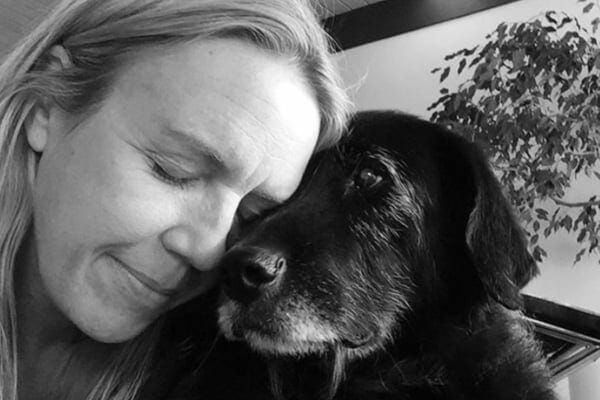Your dog needs immediate veterinary attention if it’s walking slow and appears weak. These symptoms could indicate a serious health issue such as injury or illness.
When a dog exhibits such sudden changes in behavior, it’s vital to seek professional help to identify and address the underlying cause. When our furry friends begin to display unusual behavior, it can be quite alarming. A dog walking slowly and looking weak may be a sign of various health issues ranging from simple fatigue to more severe problems such as arthritis, heart disease, or even poisoning.
Understanding the possible reasons for these changes in your dog’s behavior will help you make informed decisions about their care. We’ll explore possible reasons for your dog’s symptoms and provide guidance on the best course of action to support their health and well-being.
Understanding Slow And Weakness In Dogs
Signs and symptoms to look out for: If your dog is walking really slow and looks weak, it’s essential to pay attention to any changes in appetite, weight loss, or limping. Additionally, observe for lethargy, decreased activity levels, and difficulty breathing.
Common causes for slow and weak behavior: Some possible factors contributing to a dog’s slow and weak behavior include old age, musculoskeletal issues, such as arthritis, or underlying health conditions, like hypothyroidism, heart disease, or infections. Moreover, poor nutrition, dehydration, or poisoning can also lead to such symptoms.
Identifying Nutritional Deficiencies In Dogs
Ensuring a balanced diet for dogs is crucial for their overall well-being. Nutritional deficiencies can lead to various health issues, including weakness and slow mobility. Dogs require essential nutrients such as protein, healthy fats, vitamins, and minerals to boost their energy levels and maintain vitality. Incorporating foods rich in these nutrients, such as high-quality protein sources, whole grains, fruits, and vegetables, can help address nutritional deficiencies and promote better health. Additionally, consulting with a veterinarian to determine specific dietary requirements for your dog’s breed, size, and age is essential for creating a nutritionally balanced diet that suits their individual needs.
Lifestyle Changes To Energize Your Dog
Is your dog walking slowly and looking weak? There are lifestyle changes you can make to energize your furry friend. Firstly, create a suitable exercise routine to boost their physical activity. This could involve regular walks, playtime, or even agility training. Next, focus on mental stimulation and enrichment activities to keep their mind engaged and active. This can include puzzle toys, training exercises, or interactive games. Finally, consider ways to enhance their sleep quality for improved energy levels. Providing a comfortable and quiet sleeping area, sticking to a consistent schedule, and ensuring they have a comfortable bed can all contribute to their overall well-being and vitality.

Credit: www.lvhn.org
Frequently Asked Questions On My Dog Is Walking Really Slow And Looks Weak
Why Is My Dog Walking Really Slow And Looking Weak?
If your dog is walking slowly and looks weak, it could be a sign of pain, illness, or old age. It’s important to consult with a veterinarian to determine the underlying cause and provide appropriate care.
What Are The Possible Reasons For My Dog’s Weakness And Slow Walking?
Possible reasons for your dog’s weakness and slow walking may include arthritis, muscle or joint pain, heart or respiratory problems, neurological issues, anemia, or dehydration. Consulting with a veterinarian is crucial for a proper diagnosis and treatment plan.
How Can I Help My Dog If It’s Walking Slowly And Feeling Weak?
To help your dog if it’s walking slowly and feeling weak, ensure they have a comfortable resting area, provide assistance with mobility if needed, and maintain a balanced diet. It’s vital to seek veterinary advice to address any potential health issues.
Conclusion
If your dog is walking slow and seems weak, it’s important to take their health seriously. Keep an eye on any changes in their behavior and consult a vet for a proper diagnosis. Remember, early detection can lead to effective treatment and a healthier, happier pet.
Take action now for your furry friend’s well-being.



